Why is my dog scooting? It’s a question that can baffle even the most experienced pet owners. But fear not, understanding why your furry friend is dragging their rear end across the floor is not only possible but crucial for their well-being.
Dog scooting is a strange yet common behaviour observed in many pets. Whether you’ve just noticed your dog scooting for the first time or it has been happening for a while, it’s important to understand the reasons behind it.
This blog will explore the various causes of dog scooting, what it means for your pet’s health, and what actions you can take to prevent it. From anal glands to intestinal parasites, we’ll cover the most common reasons that lead dogs to scoot and provide practical advice for dog owners to keep their pets comfortable and healthy.
Understanding Scooting Meaning
When we talk about scooting meaning, we refer to the act of a dog dragging its bottom across the floor. This behaviour is often a sign of discomfort or irritation around the anus. But why do dogs scoot? Understanding the reason for dog scoots can help in providing the right treatment.
Anal Glands and Their Role
One of the most common reasons for dog scooting is issues with the anal glands. These small sacs located around the anus produce a smelly fluid that dogs use for marking territory. The anal sacs are typically expressed naturally when your dog poops. Sometimes, if produced stool is too soft, a dog's anal sacs can become impacted, infected, or abscessed, causing pain and discomfort.
Identifying Anal Gland/Anal Sacs Issues

Anal gland issues are a frequent cause of dog butt scooting. If you notice your dog dragging its rear end more than a day, it might be an indication of impacted or infected anal glands. Other signs include swelling around the anus, licking the area excessively, and even a bloody discharge. Regular vet visits and proper hygiene can help prevent problems with your dog's anal glands.
The Connection Between Dog's Diet and Scooting
Your dog’s diet plays a significant role in their overall health, including their anal glands. A low-fibre diet can lead to softer stools that may not press on the anal sacs enough to empty them naturally. Adding more fibre to their food can help firm up your dog's poop and ensure the anal glands are expressed during defecation.
Intestinal Parasites and Their Impact
Intestinal parasites, such as worms, can also cause your dog to start scooting. Parasites can create a sensation of itchiness and irritation in the rear end. Puppies and younger dogs are particularly susceptible to these parasites. Regular deworming and stool checks are essential to keep your pet parasite-free.
Allergies and Scooting

Food allergies can contribute to dog scooting as well. Allergies can cause itchy skin and inflammation around the anus, leading to discomfort and scooting. This can be easily treated by identifying and eliminating allergens from your dog’s diet can reduce these symptoms and improve their overall health.
Skin Irritation as a Common Cause
Skin irritation around the anus can also cause your dog to scoot. This irritation can be due to various factors, including poor grooming, dirty bottoms, or infections. Keeping your dog clean and well-groomed can prevent many of these issues.
The Importance of a Rectal Exam
A rectal exam by a vet can provide valuable insights into the underlying cause of your dog’s scooting. This exam can reveal issues such as anal sac problems, infections, or even more serious conditions like rectal prolapse or tumours. Early detection through a rectal exam can lead to more effective treatment.
Treating Anal Sac Issues

If anal sac issues are diagnosed, treatment options may include manual expression of the glands, antibiotics for infections, or anti-inflammatories to reduce swelling and pain. In severe cases, surgery may be necessary to remove the anal glands.
Using Warm Compresses
Applying warm compresses to the affected area can provide relief for dogs experiencing discomfort from anal gland issues. The warmth helps to reduce swelling and can promote drainage of the glands. This is a simple home remedy that can offer significant comfort to your pet.
When to Visit the Vet
While some cases of dog scooting can be treated at home, a vet visit is essential if you notice persistent scooting, signs of pain, or any unusual discharge. A vet can perform a thorough examination and recommend appropriate treatment based on the underlying cause.
Preventing Future Scooting

Preventing future episodes of scooting involves maintaining good hygiene, regular cleaning of their dirty bottom, providing a high-quality diet rich in fibre, and ensuring regular veterinary check-ups. Additionally, keeping an eye out for any changes in your dog’s behaviour can help catch issues early.
Building a Scoot-Free Lifestyle
Creating a scoot-free lifestyle for your dog involves understanding their needs and providing consistent care. This includes regular grooming, monitoring their diet, and staying on top of their health through routine vet visits. By doing so, you can help your pet lead a comfortable and happy life.
Conclusion
Dog scooting is more than just a quirky behaviour; it can indicate underlying health issues that need attention. From impacted anal glands to intestinal parasites and food allergies, there are various reasons why dogs scoot.
Understanding these causes and taking proactive steps can ensure your furry friend remains healthy and comfortable. Remember, a happy pet is a healthy pet. If you notice your dog scooting, don’t ignore it—take action and help them get back to their playful selves.
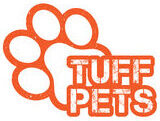

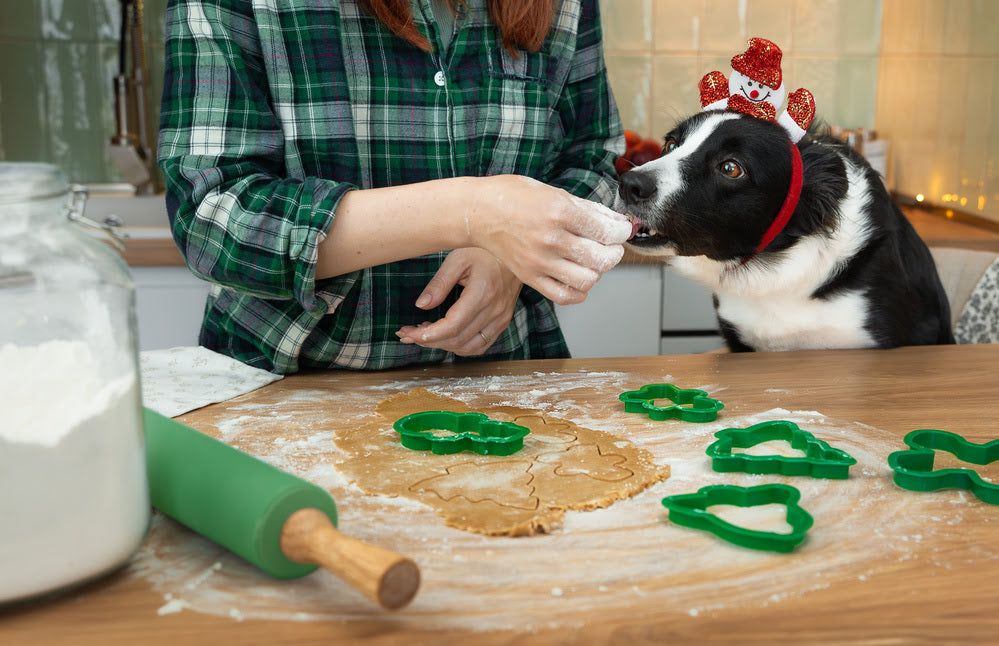
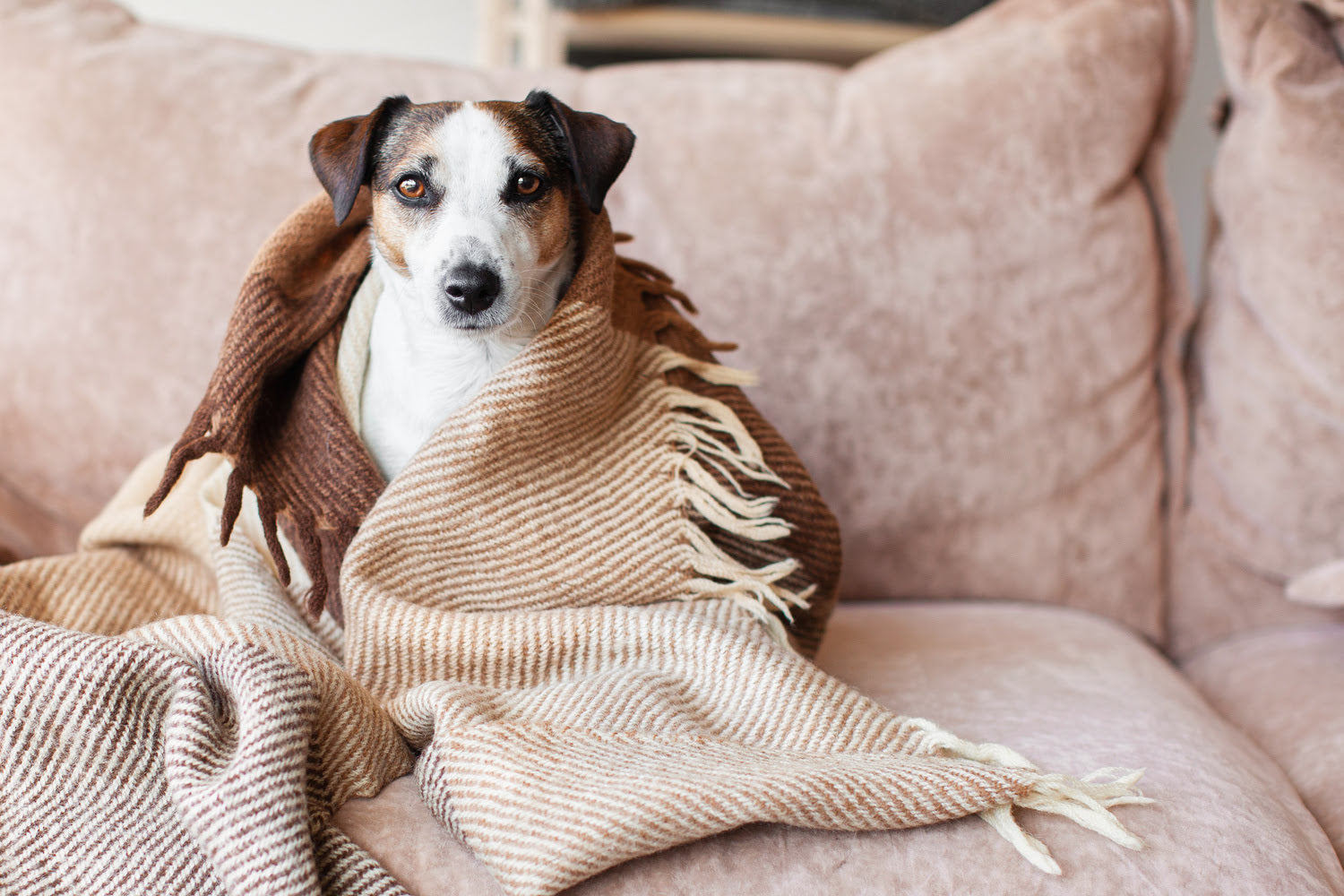
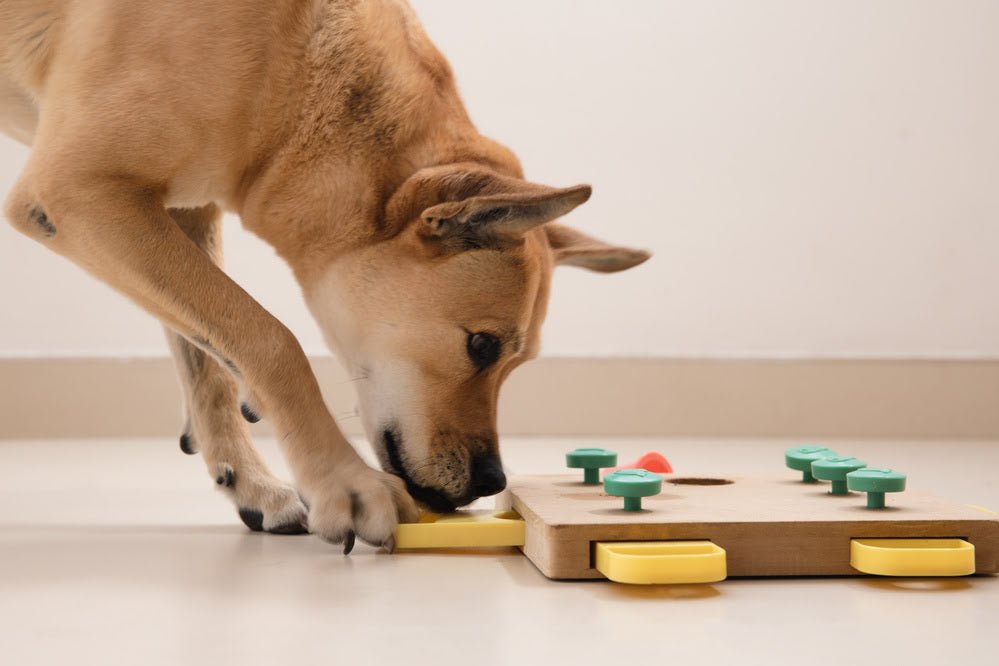


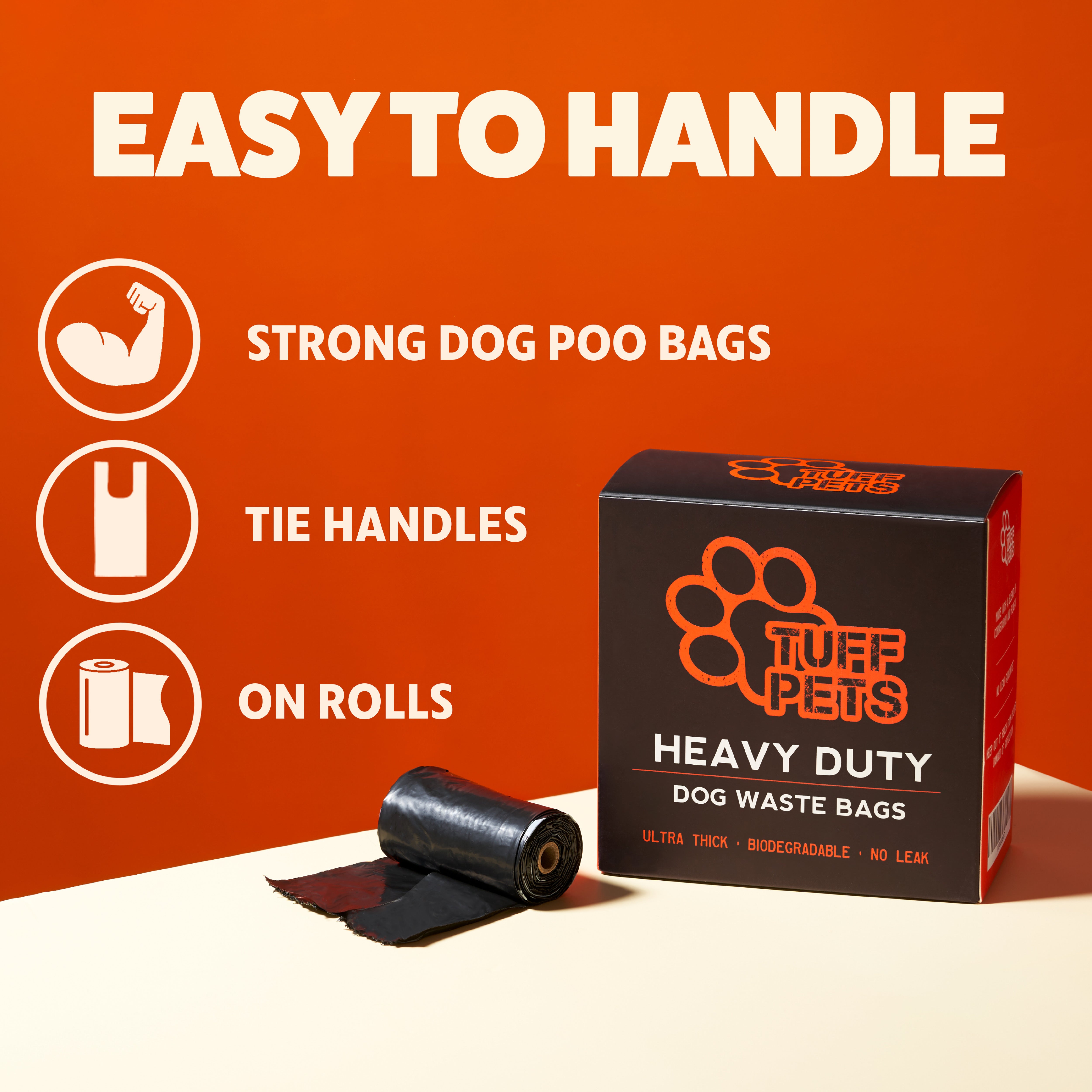
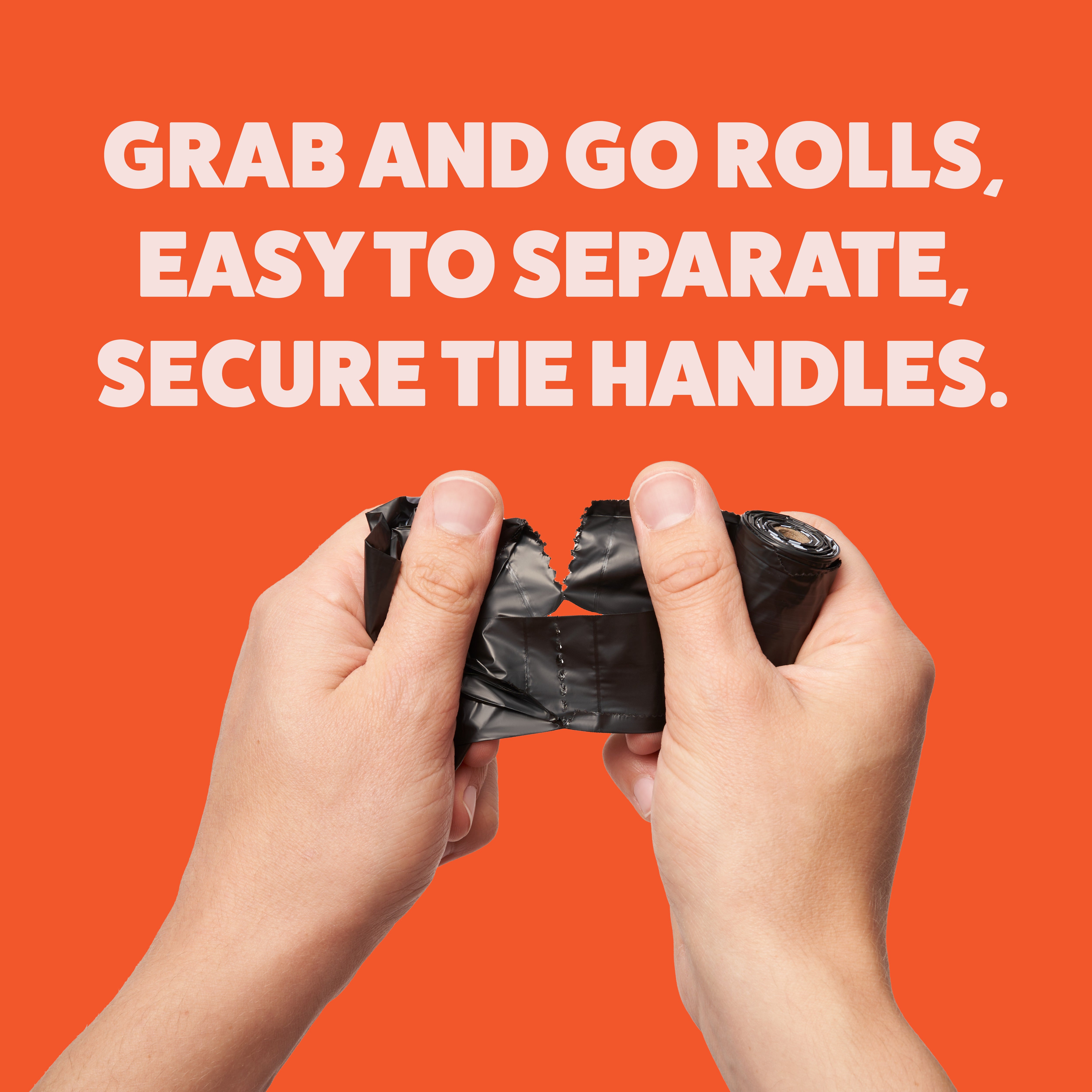
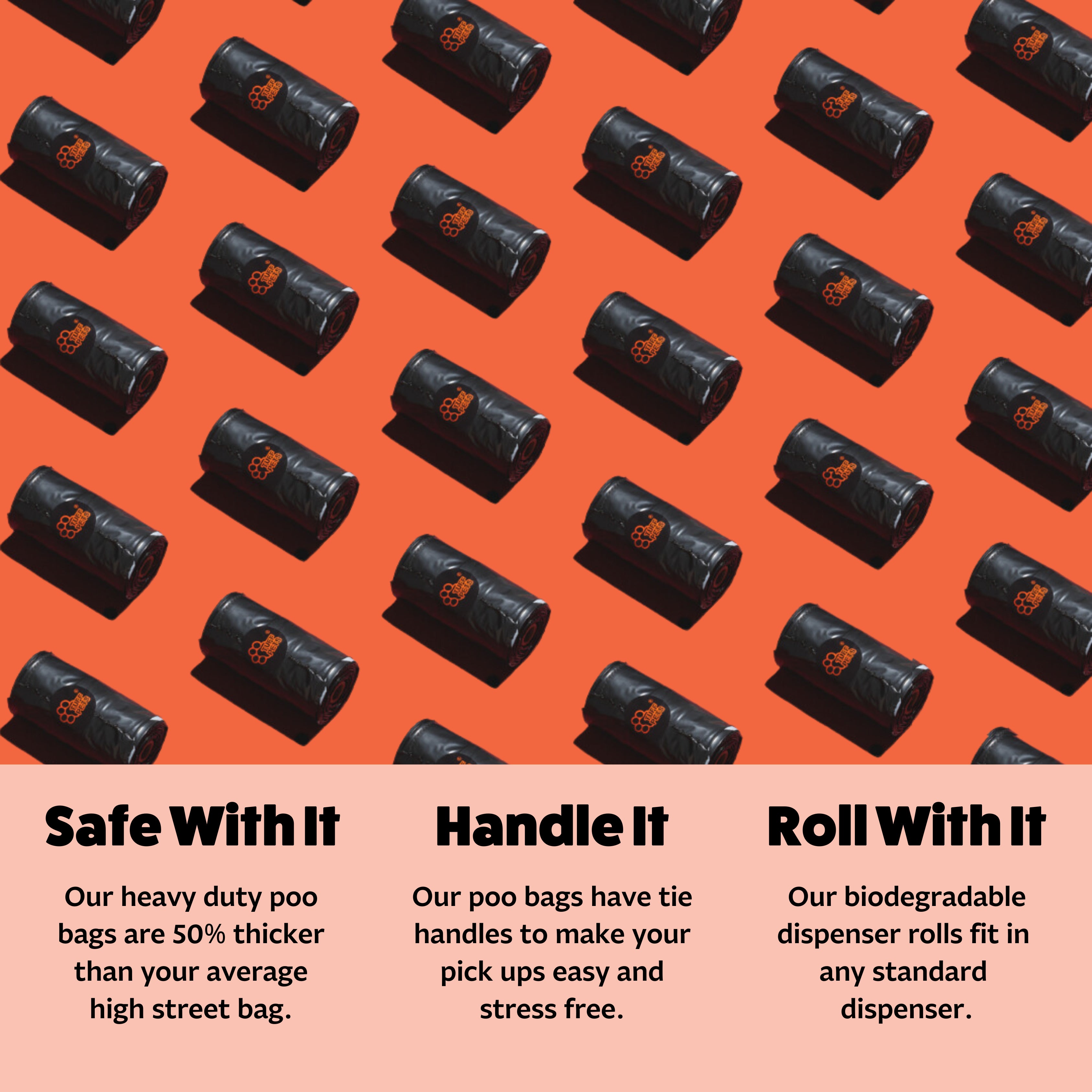
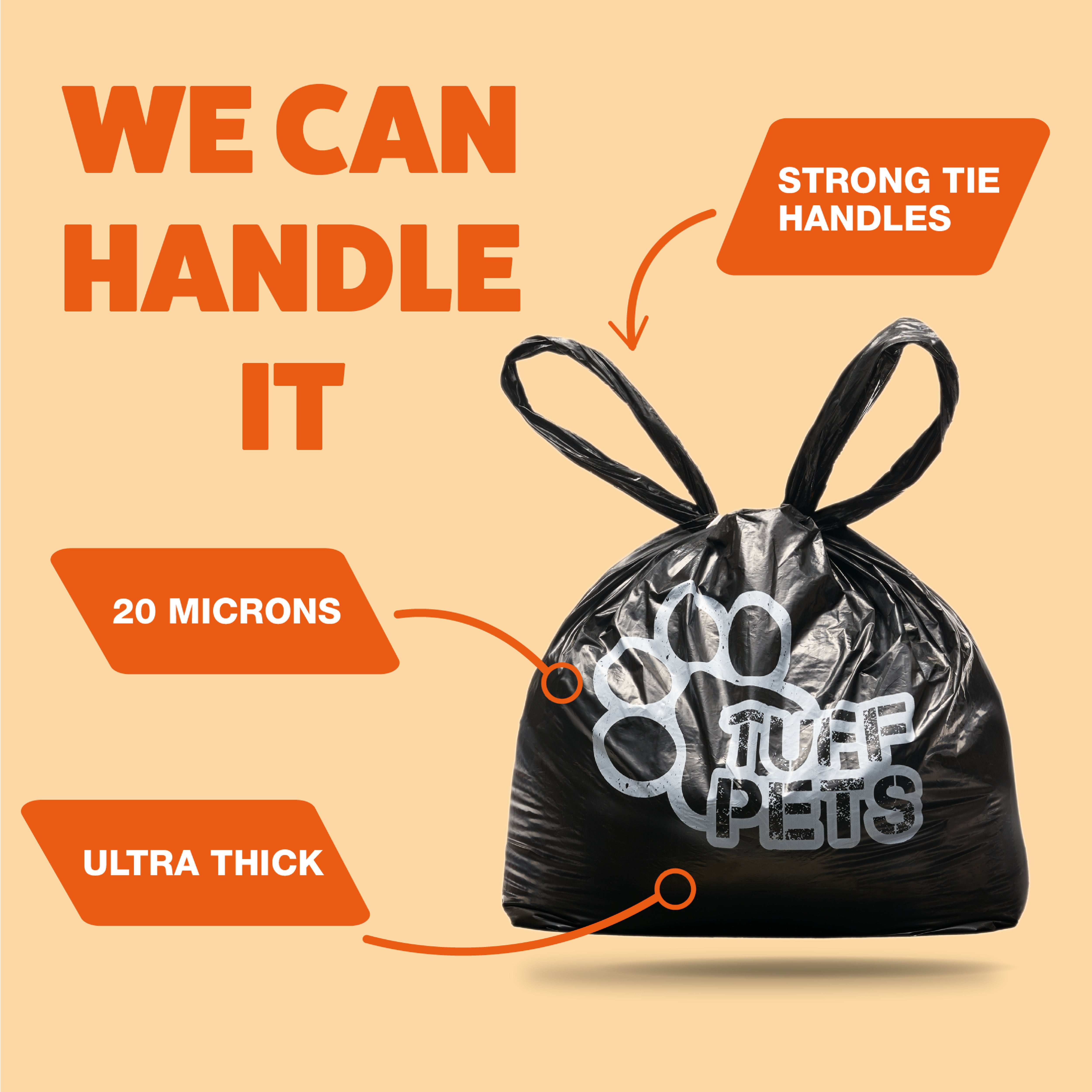

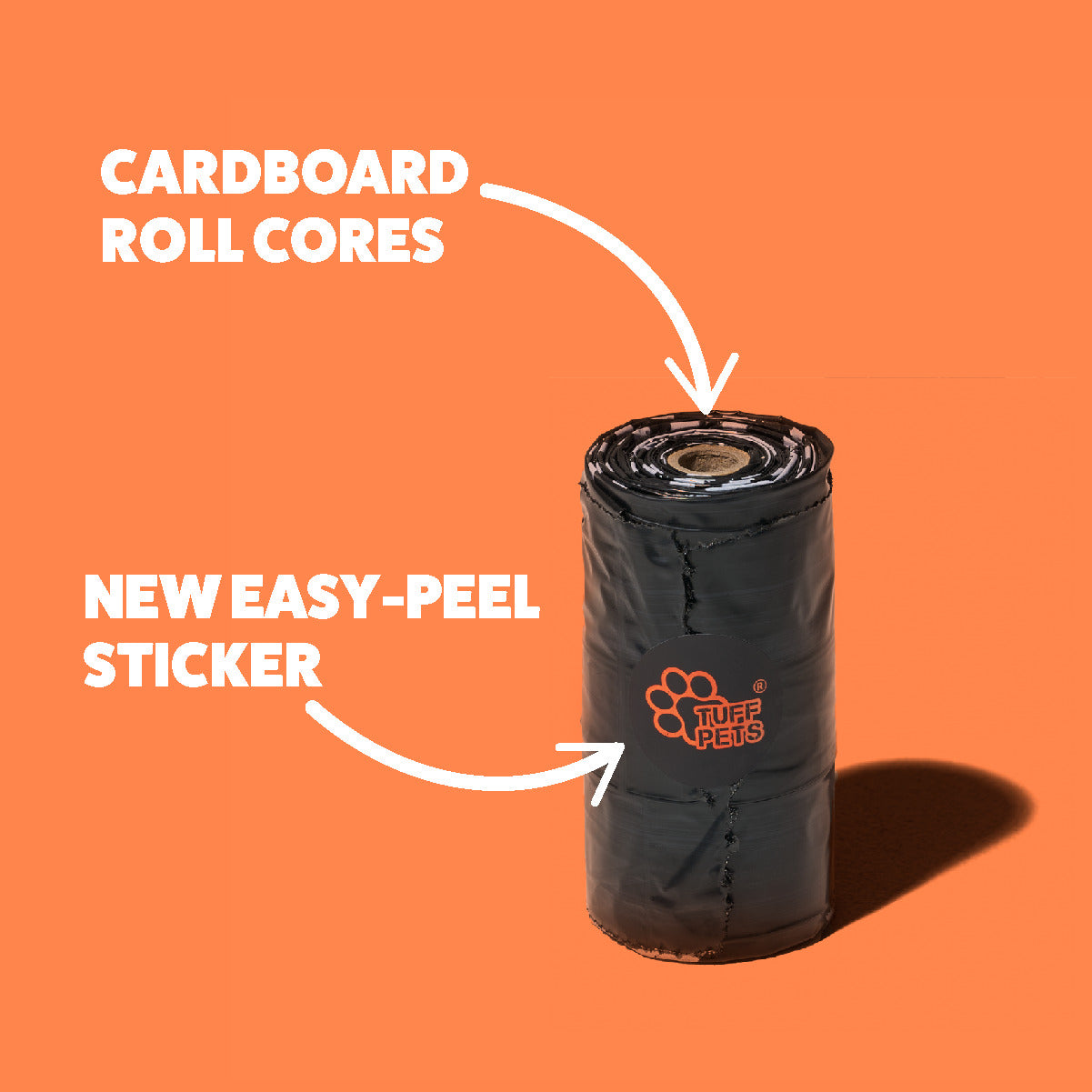
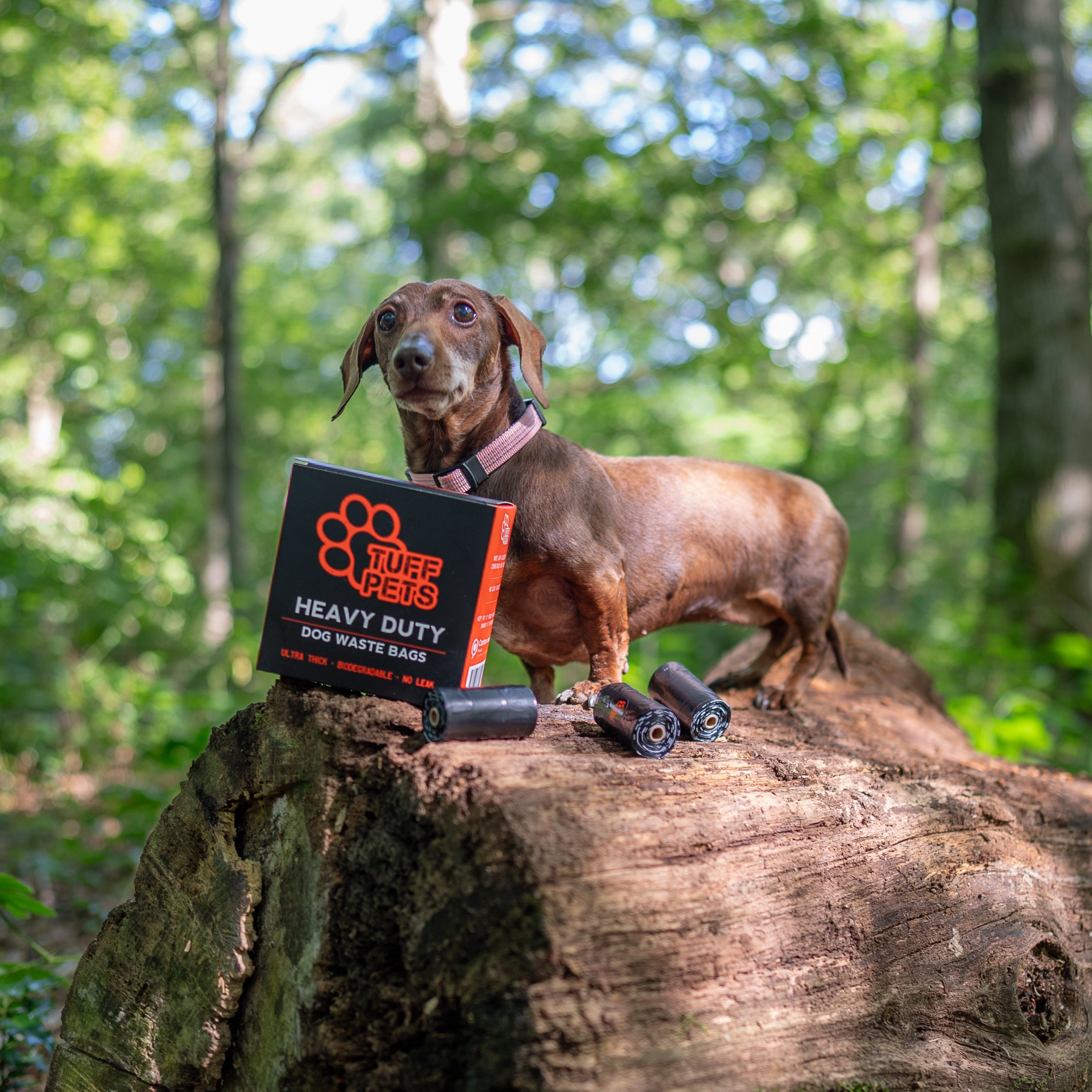




Share:
Mastering the Art of Lead Training for Your New Puppy
Puppy Parenting Adventures: How Dog Owners Can Master Puppy Discipline